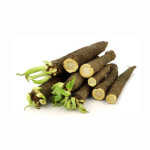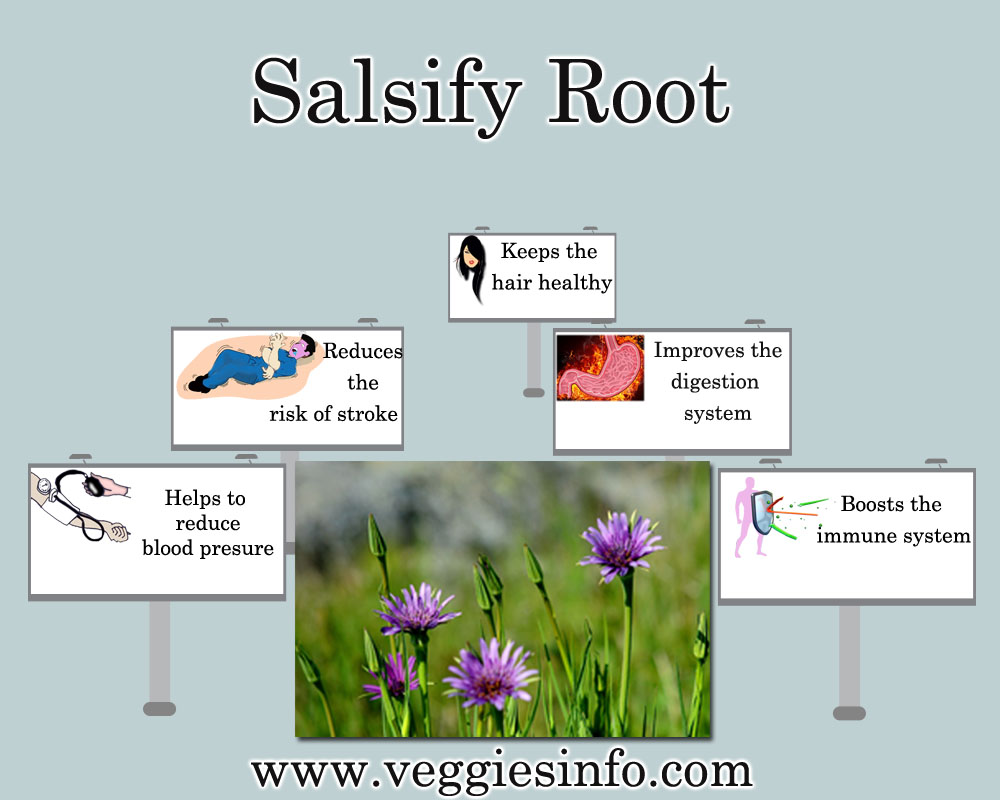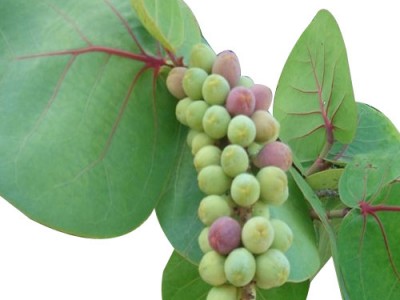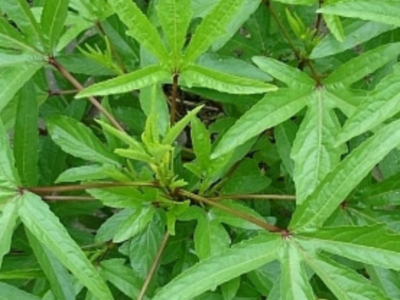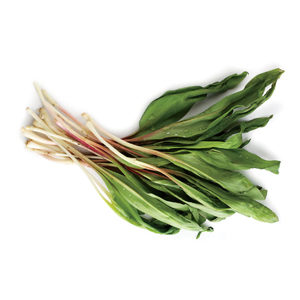
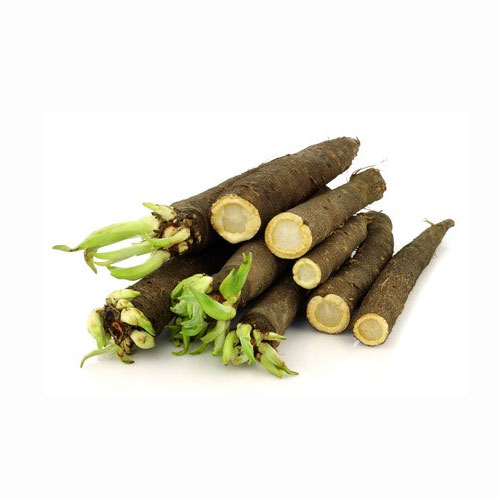
Salsify Root Vegetable -Uses
Salsify
Plants and trees have managed to stay in this planet for millions of years even though they have dwindled to a great extent. Banyan tree is a lovely species which manages to grow leaps and bounds when it is planted in a vacant place. It will be nice to watch the longs roots dangling from the stems to reach the ground. This topic will deal with a plant named salsify which is a beautiful ornamental plant seen in wild areas. The botanical name of this plant is Tragopogon porrifolius. The common names are purple, oyster plant, vegetable oyster and Jerusalem star.
[tribulant_slideshow gallery_id="229"]
This mind blowing ornamental plant which is a native of Mediterranean regions of Europe has edible root and other herbal properties. Salsify is a common biennial wildflower which is not only found in the above region but they are also found in England, North America, South Africa, United States and other parts of the world.
Properties Of Salsify
The plant attains a height of 120 cm and the stem exudes milky juice. Salsify normally flowers during the months of June to September in the country of UK and in US it flowers during April. The 5 cm flower head is surrounded by bracts which are longer than the petals. The purple flowers measures 30-50 mm across. Both male and female organs are found on the same plant. The pollinated is through insects. The roots and young shoots are used as vegetables.
History Of Cultivation
The history of the cultivation of Salisify dates back to ancient times, when it was a vital crop in the Mediterranean. The Romans are credited with introducing the plant to Europe, and its use spread throughout the continent. In the Middle Ages, Salisify was a popular crop in England, and was grown for both its edible roots and for its medicinal properties. It was also used to make beer and wine. By the 16th century, Salisify had become a major crop in Europe, and it was grown in many parts of the world. In the United States, the plant was first cultivated in the early 19th century, and is now grown in all 50 states. Salisify is a member of the daisy family, and its leaves and flowers are similar to those of the sunflower. It is an annual plant, which means that it must be replanted each year. The plant grows best in hot, dry climates, and requires full sun and plenty of water. The roots are deep and fleshy, and they are typically harvested in the fall. The roots of Salisify are edible, and they have a mild, nutty flavor.
They can be eaten raw, roasted, boiled, or mashed. They are also used to make a variety of dishes, such as salads, soups, and stews. The leaves and flowers can also be eaten, and they have a slightly bitter taste. Salisify is also used medicinally.
The roots are believed to have anti-inflammatory and antiseptic properties, and are sometimes used to treat skin conditions such as psoriasis. The leaves can be used to treat joint pain, and the flowers can be used to make a tea that is said to help with digestion. Salisify is a popular crop for its versatility and its nutritional value. It is high in vitamins and minerals, including Vitamin C, Vitamin A, calcium, iron, and magnesium. It is also a good source of dietary fiber, and the leaves are high in protein. Today, Salisify is still grown around the world, and it is an important crop in many countries. It is used in a variety of dishes and beverages, and its medicinal properties are still valued in many cultures. It is also used as a decorative plant, and its bright yellow flowers make it a popular choice for gardens.
Various Uses Of Salsify
- The latex derived from this plant is used for making chewing gum.
- The flowering shoots are used as asparagus, either cooked or raw.
- The nutritious flowers are added in the salads.
- This plant has beneficial effects on liver and gallbladder.
- This plant contain polysaccharide inulin which is also found in Jerusalem Artichoke roots.
- This inulin has medicinal properties which control diabetes
| Principle | Nutrient Value | Percentage of RDA |
|---|---|---|
| Energy | 82 Kcal | 4% |
| Carbohydrates | 18.60 g | 14% |
| Protein | 3.30 g | 6% |
| Total Fat | 0.20 g | 1% |
| Cholesterol | 0 mg | 0% |
| Dietary Fiber | 3.3 g | 9% |
| Vitamins | ||
| Folates | 26 µg | 6.50% |
| Niacin | 0.500 mg | 3% |
| Pantothenic acid | 0.371 mg | 7% |
| Pyridoxine | 0.277 mg | 2% |
| Riboflavin | 0.220 mg | 18% |
| Thiamin | 0.080 mg | 7% |
| Vitamin A | 0 IU | 0% |
| Vitamin C | 8 mg | 13% |
| Electrolytes | ||
| Sodium | 20 mg | 1% |
| Potassium | 380 mg | 8% |
| Minerals | ||
| Calcium | 60 mg | 6% |
| Copper | 0.089 mg | 9% |
| Iron | 0.70 mg | 9% |
| Magnesium | 23 mg | 6% |
| Manganese | 0.268 mg | 12% |
| Phosphorus | 75 mg | 11% |
| Selenium | 0.8 µg | 1% |
| Zinc | 0.38 mg | 3% |

